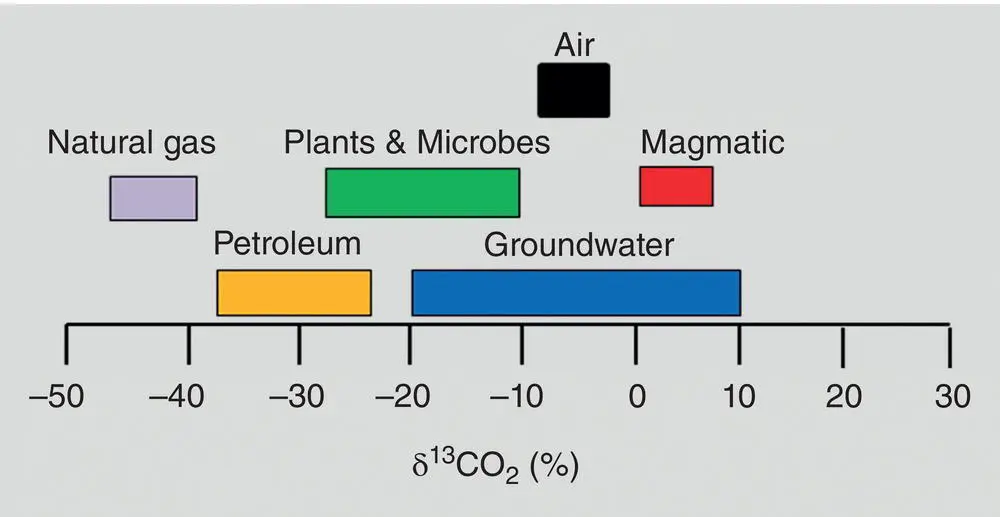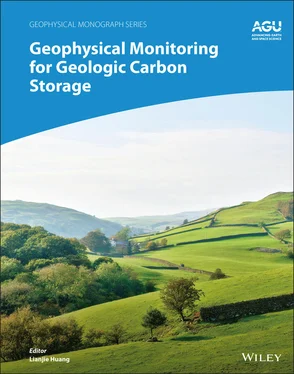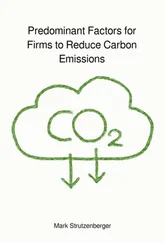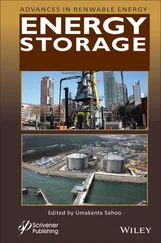Methods to limit greenhouse gas emissions in an effort to arrest global warming are necessary and geological sequestration is immediately available. Geological sequestration involves pumping CO 2into deep geological reservoirs such as depleted oil and natural gas reservoirs (Rodosta et al., 2014, Rodosta & Ackiewicz, 2014). Geological sequestration has the benefit of accommodating any source of CO 2including any industrial process where the CO 2is collected. The expectation is that the sequestered CO 2will become mineralized over time resulting in the permanent CO 2storage.
Monitoring, verification, and accounting (MVA) is a fundamental requirement for geological sequestration sites to ensure the permanent storage as well as ensure public health and environmental safety (Rodosta & Ackiewicz, 2014). In order to pay for sequestration, there is an interest in the development of a carbon economy where those that sequester CO 2would receive a financial gain. If a carbon economy is established, it is critical to verify that the CO 2is permanently stored. Furthermore, MVA methods are required to ensure that the CO 2or other hazardous gases within the reservoir are not mobilized beyond the reservoir into used water reservoirs or to the surface at dangerous concentrations.
Many MVA methods have been developed that have demonstrated many of the performance requirements in field tests. These MVA techniques must be capable of at least measuring the CO 2flux and these techniques would detect seepage as a change in concentration above ambient conditions. These fundamental measurements are complicated or compromised by the diurnal CO 2concentrations that raise the minimum detection limit. MVA techniques must also be capable of determining the location of the seepage at the surface. In collaboration with subsurface methods discussed in Part IIof this volume, the pathway from the reservoir to the surface can be traced and the failure mechanism could be determined. Most critically, MVA techniques are required to identify the CO 2seepage pathway and mechanism before the seepage becomes a catastrophic failure.
There is also a desire to identify seepage at the surface at concentrations that are at or below ambient CO 2concentrations. Carbon stable isotope ratios enable one to distinguish the sequestered anthropogenic CO 2from ubiquitous natural emissions as depicted in Figure 3.1(Fessenden et al., 2010). Anthropogenic CO 2has a carbon stable isotope signature (δ 13CO 2) that ranges from ~‐23 to ‐37% (or per mil or parts per thousand) from petroleum burning to ~‐40 to ‐46% from natural gas combustion. These isotopic signatures differ significantly from natural ~‐7% CO 2isotope ratios found in the atmosphere or other natural sources of CO 2depicted in Figure 3.1. Consequently, MVA techniques with stable isotope sensitivities have the capability of distinguishing CO 2seepage from natural emissions under ambient conditions and without the diurnal complications.
In this chapter, the current state‐of‐the‐art MVA techniques are outlined along with a brief description of the strengths and limitations. By far, most of the MVA techniques currently used to monitor sequestration sites do not exploit stable isotope ratios. This section will describe the virtues of in situ laboratory and field analysis versus remote methods capable of wide area monitoring. Finally, the chapter will describe frequency modulated spectroscopy (FMS) as a means of in situ and remote surface monitoring of geological sequestration sites with stable isotope sensitivity.

Figure 3.1 The CO 2produced from several anthropogenic and natural processes fractionates the carbon isotope. Here, the range of δ 13C produced from several processes is depicted (Fessenden et al., 2010).
3.2. CURRENT STATE OF THE ART
The monitoring, verification, and accounting of a sequestration site will likely require the deployment of multiple instruments making measurements on different scales. Ideally, one or more instruments could be deployed to conduct wide area, remote monitoring and identify seepage in a general area. When seepage is identified remotely, in situ instruments could be deployed to verify the source location and determine the seepage mechanism. Alternatively, short range or in situ instruments could be deployed to strategic locations such as around likely seepage pathways. In this section, the current‐state‐of‐the‐art analytical techniques are briefly discussed starting with point source approaches and ending with standoff or remote techniques.
3.2.1. Point Source or In Situ Measurements
Point source or in situ CO 2measurements are by far the most common methods of seepage detection at the surface and there are many options with various levels of complexity and sensitivities. Absorption spectroscopy is the simplest method to measure CO 2flux but it is generally the least sensitive (Barr et al., 2011; Fessenden et al., 2010; Humphries et al., 2008; Repasky et al., 2006; Soukup et al., 2014). Cavity ringdown spectroscopy (CRS) and FMS are significantly more complex optical methods to measure CO 2flux that have the sensitivity to monitor carbon stable isotope ratios (Zalicki & Zare, 1995; Lindenmaier et al., 2014; Fessenden et al., 2010). There are other optical and imaging methods of identifying the impact of CO 2injection and seepage without directly measuring the change in CO 2flux. Interferometric synthetic‐aperture radar (INSAR) has been used to monitor surface distortions during injection (Yang et al., 2015). Plant stresses due to exposure to increased CO 2flux have been monitored by imagery (Costa et al., 2013). Here, each method capable of measuring the CO 2flux will be briefly discussed.
Passive Absorption Spectroscopy
Passive absorption spectroscopy is perhaps the simplest approach to measuring CO 2where the Sun is the light source (Lindenmaier et al., 2014). A Fourier Transform Infrared (FTIR) spectrometer can be used to record the CO 2spectrum for the atmospheric column. The instrumentation required for this approach tends to be simpler than other techniques discussed later because it does not require the use of a laser or other light sources that need to remain optically stable in the field. However, passive absorption spectroscopy has several limitations that limit utility as a method of monitoring CO 2seepage to the surface. First, passive spectroscopy depends on the Sun and, therefore, cannot be used at night. The technique is also limited to looking in the direction of the Sun and is a column average that is well beyond the region above the sequestration reservoir. FTIR spectrometers can be used to measure the carbon isotopes of CO 2but the fundamental physics of this approach requires a large instrument footprint.
Active Absorption Spectroscopy
Active absorption spectroscopy is the simplest method to monitor changes in the CO 2flux (Repasky et al., 2006; Humphries et al., 2008; Soukup et al., 2014; Barr et al., 2011). This is usually accomplished with one of the many commercially available instruments available from LICOR. This technique involves directing a laser or monochromatic light source through the gaseous sample. The light is absorbed by the CO 2in the sample and a reduction in the light is observed. This change in light intensity is directly proportional to the CO 2concentration based on the Beer‐Lambert law,
(3.1) 
Читать дальше














